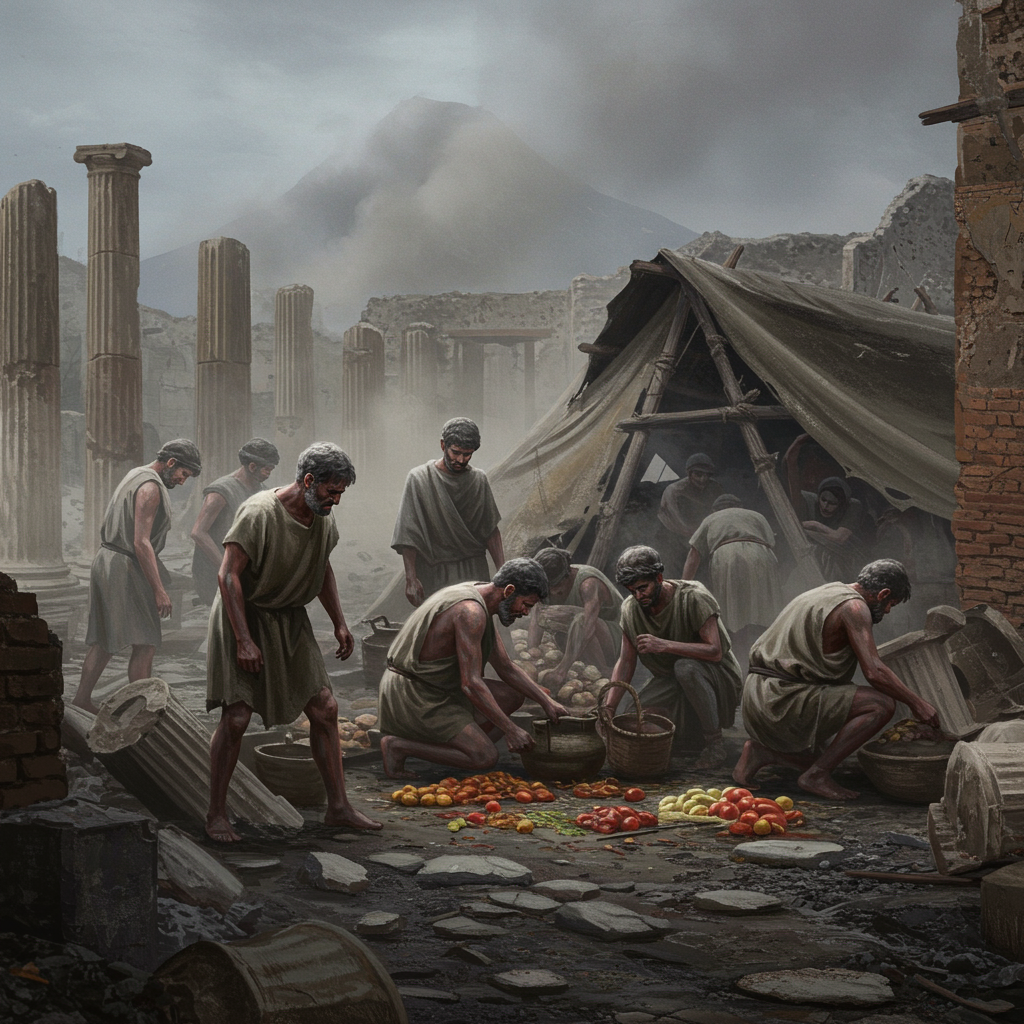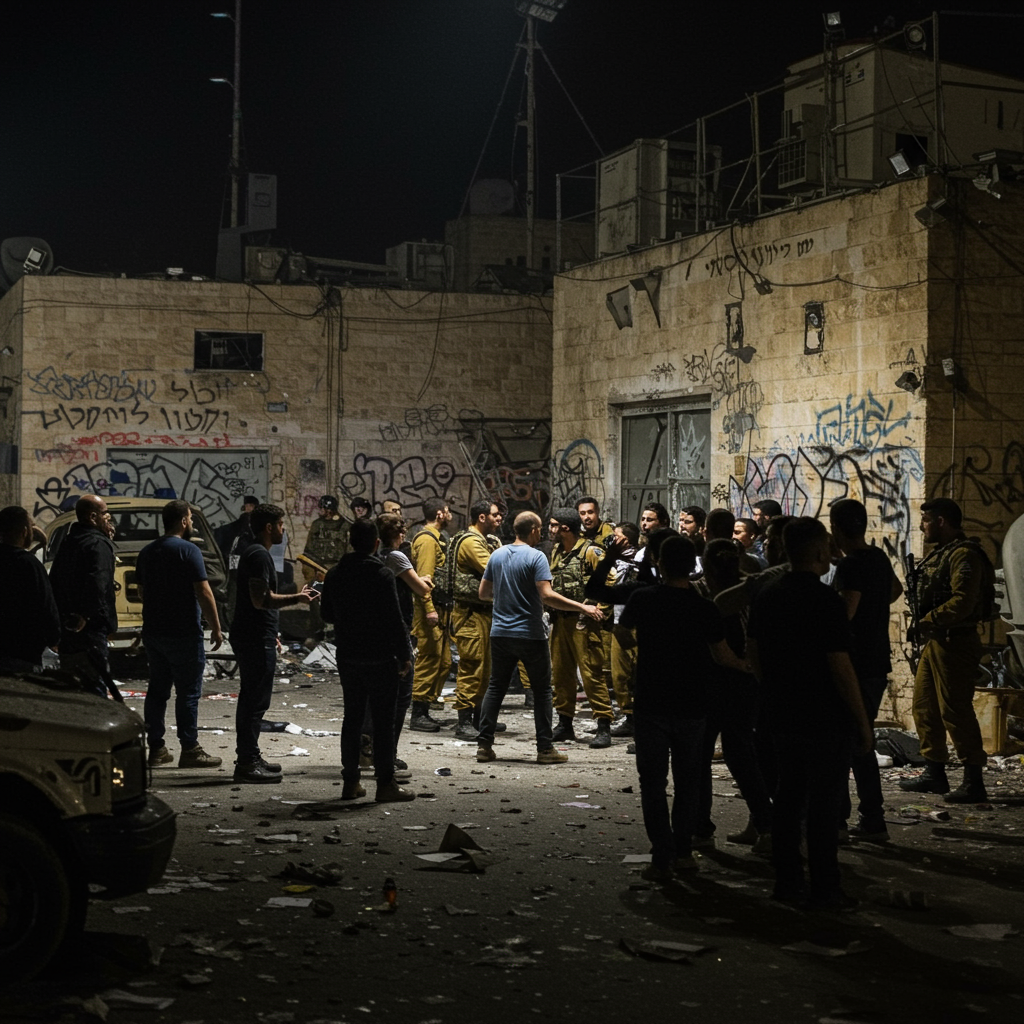For centuries, Pompeii has been synonymous with catastrophic destruction, a city frozen in time by Mount Vesuvius’s devastating 79 AD eruption. Yet, groundbreaking new archaeological evidence is dramatically reshaping this narrative. Recent discoveries reveal that a surprising number of survivors returned to live in the devastated ancient Roman city, establishing an informal settlement amidst the ruins. These findings unveil a previously overlooked chapter of human resilience and precarious existence after one of history’s most iconic natural disasters. This new perspective adds incredible depth to the story of Pompeii, challenging long-held assumptions and inviting deeper exploration into its post-eruption life.
Unearthing a Hidden Chapter in Pompeii’s History
Archaeologists working at the famous Pompeii site have confirmed significant new evidence of reoccupation following the 79 AD eruption. This discovery comes after years of excavation, moving beyond the well-preserved initial destruction to explore subsequent layers of human activity. While the eruption instantly buried Pompeii, preserving its vibrant frescoes and daily life, the full story of the city extends far beyond that single, momentous event. Site directors emphasize that these findings offer a clearer picture of Pompeii’s extended timeline, revealing a period where life, however challenging, persisted among the ashes.
Before the eruption, Pompeii thrived as a bustling Roman city, home to over 20,000 inhabitants. The cataclysmic event, which caused between 15% to 20% of the population to perish, primarily from thermal shock, left the city in ruins. For years, the prevailing historical focus centered almost exclusively on this immediate destruction. However, the latest excavations uncover a fascinating, albeit grim, period of Pompeii’s reoccupation. This challenges previous archaeological tendencies, where faint traces of post-eruption life were often overlooked or even inadvertently removed in the rush to uncover more dramatic findings.
Life Amidst the Ruins: A Precarious Existence
The new evidence points to a compelling human story: many survivors, unable to afford a new life elsewhere, returned to their obliterated home. They were reportedly joined by others, seeking a place to settle or hoping to scavenge valuable items from the extensive rubble. This post-eruption community was far from a thriving Roman metropolis. Instead, archaeologists describe it as an “informal settlement,” a place where people lived in “precarious conditions.” It lacked the sophisticated infrastructure and public services characteristic of a Roman city.
Gabriel Zuchtriegel, director of the Pompeii site, vividly describes this post-79 AD existence as “more than a city, a precarious and grey agglomeration, a kind of camp, a favela among the still recognizable ruins of the Pompeii that once was.” The resilience of these people is striking. Evidence suggests they repurposed the ruins for their new, makeshift lives:
Re-inhabited Upper Floors: The surviving upper levels of former houses became living quarters.
Ground Floor Transformation: Ground floors, once bustling with shops or elegant Roman homes, were converted into functional spaces. These included cellars, complete with ovens and mills, adapted for basic survival needs.
This informal reoccupation continued for a significant period. The area was not fully abandoned until the fifth century AD, centuries after Vesuvius’s fury. This extended timeline indicates that Pompeii remained a viable, albeit challenging, place to live for generations after its initial burial.
Beyond the Catastrophe: Shifting Historical Understanding
These discoveries highlight a crucial oversight in earlier archaeological approaches. The dramatic story of the city’s destruction in 79 AD truly “monopolized the memory,” as Zuchtriegel puts it. This singular focus meant that subtle, less spectacular traces of reoccupation were often undocumented or even lost during excavations aimed at uncovering the famous frescoes and intact structures. The new findings underscore the importance of meticulous examination of all layers of a historical site.
Pompeii, a UNESCO World Heritage Site, remains Italy’s second most-visited tourist attraction, drawing over 4 million visitors annually. Its sheer scale is impressive, covering approximately 22 hectares (54.4 acres), with roughly one-third still buried under volcanic ash. This ongoing archaeological work continues to deepen our understanding of not just the city’s destruction but also the tenacity of human spirit in its aftermath. It transforms Pompeii from a static snapshot of disaster into a dynamic site reflecting centuries of human presence, adaptation, and eventual abandonment.
New Insights and Ongoing Discoveries
The evidence of Pompeii’s reoccupation is part of a series of exciting new findings at the site. This year alone, archaeologists have unveiled several remarkable artifacts and structures, demonstrating the richness still hidden beneath the ash. These recent discoveries include:
Life-sized Statues: In April, life-sized statues of a man and a woman were found within a tomb.
Dionysus Paintings: February saw the discovery of vibrant paintings depicting Dionysus, the Greek god of wine, adorning the walls of a large banquet room.
- Private Bathhouse: Earlier in the year, a large private bathhouse was excavated, featuring multiple rooms and a plunge pool, offering insights into luxurious Roman living.
- www.cbsnews.com
- www.jacarandafm.com
These continuous revelations underscore that Pompeii is far from fully understood. Each new excavation, particularly those that carefully examine post-eruption layers, adds invaluable pieces to the complex puzzle of this iconic ancient Roman city. The renewed focus on the human story of survival and adaptation after the disaster enriches our historical perspective, making Pompeii an even more compelling destination for scholars and tourists alike.
Frequently Asked Questions
What new evidence suggests Pompeii was reoccupied after the 79 AD eruption?
Recent archaeological excavations have uncovered clear signs that people returned to live in Pompeii after the devastating Mount Vesuvius eruption in 79 AD. Evidence includes repurposed structures, such as ground floors of old houses being converted into cellars with ovens and mills, while upper floors were re-inhabited. This points to an “informal settlement” where survivors and others sought refuge or scavenged, enduring “precarious conditions” without the typical Roman city infrastructure.
How long did people live in Pompeii after the eruption, and why was it eventually abandoned?
Archaeological data indicates that the reoccupation of Pompeii persisted for centuries after the 79 AD eruption. People lived in these informal settlements until the area was completely abandoned in the fifth century AD. While the exact reasons for the final abandonment are not explicitly detailed in the new findings, it’s inferred that sustained precarious living conditions, lack of formal infrastructure, and perhaps changing political or environmental factors eventually led to the complete desertion of the site.
How do these new discoveries change our understanding of Pompeii’s history?
These discoveries significantly broaden our understanding of Pompeii beyond just its dramatic destruction. They challenge the long-held singular focus on the 79 AD catastrophe by revealing a prolonged period of human resilience and adaptation in the ruins. This adds a complex, previously overlooked chapter to the city’s timeline, emphasizing that Pompeii was not merely a frozen snapshot of a moment in time, but a site that continued to host human life—however challenging—for centuries before its final abandonment.
Conclusion
The latest archaeological findings from Pompeii are more than just new discoveries; they represent a fundamental shift in our understanding of this iconic ancient city. By unveiling the story of its reoccupation, experts are painting a richer, more nuanced picture of human endurance in the face of unimaginable disaster. This era, characterized by makeshift homes and “precarious conditions,” adds a poignant layer to Pompeii’s history, reminding us that life finds a way, even in the most desolate circumstances. As excavations continue, we can anticipate even more revelations that will redefine the narrative of this endlessly fascinating UNESCO World Heritage Site, inviting visitors and historians to look beyond the catastrophe and appreciate the full, complex timeline of Pompeii.



